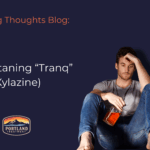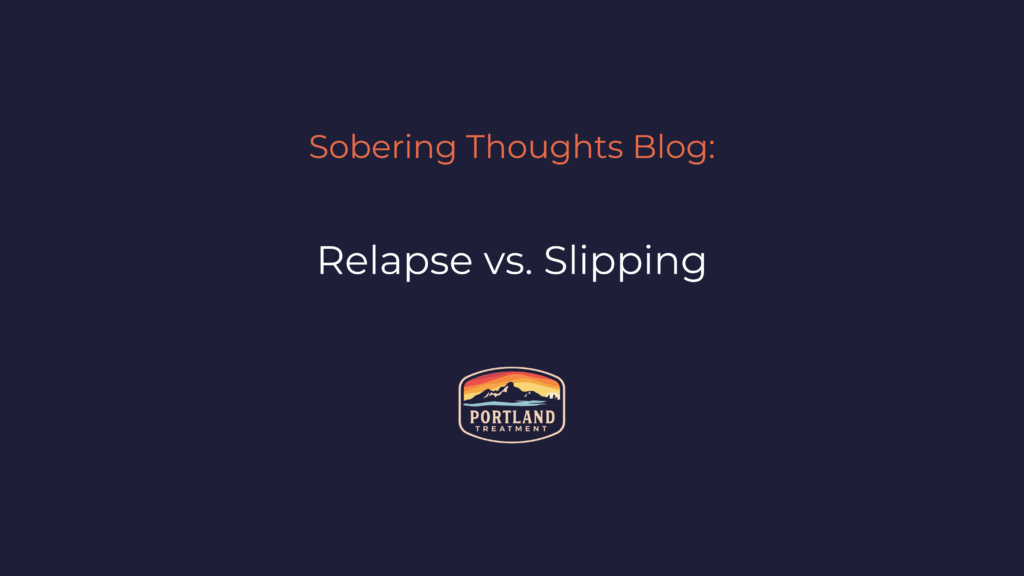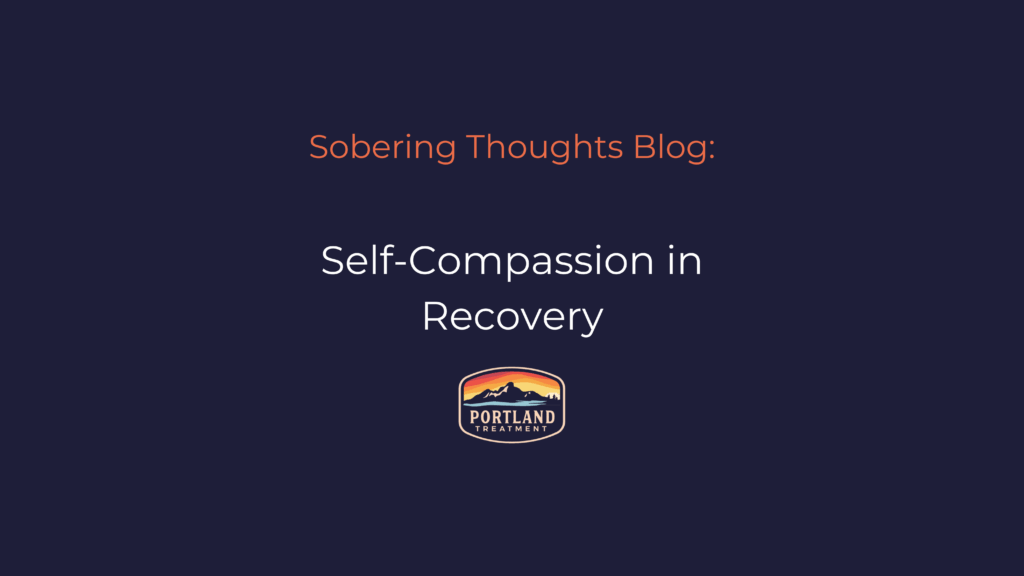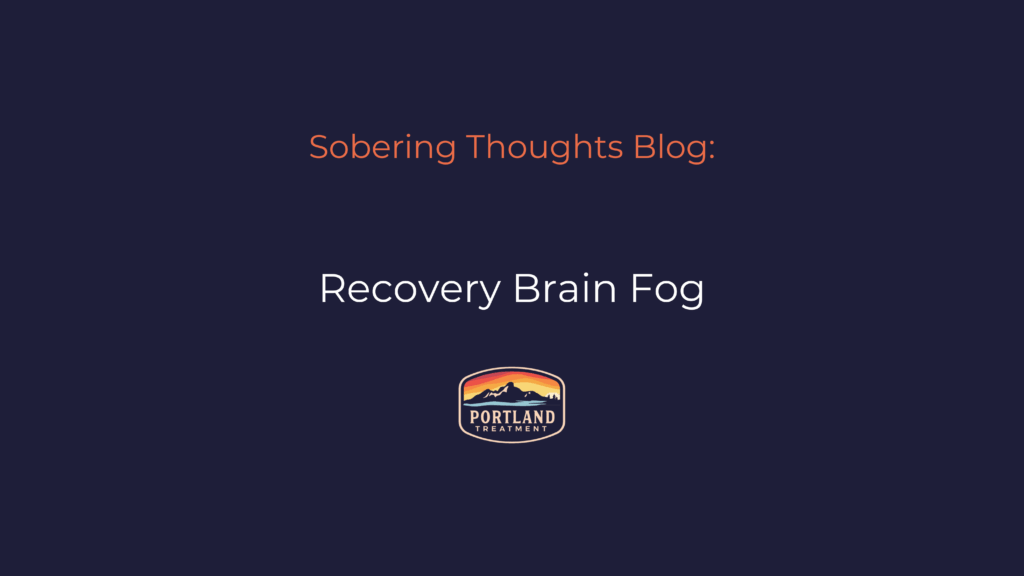Prescription opioids are among the most commonly misused medications in the U.S., and the yellow “230 pill” has drawn particular attention for its potency and misuse potential. This tablet, identified as Oxycodone Hydrochloride 80 mg, Extended-Release, is a Schedule II opioid prescribed for severe or chronic pain that does not respond to other medications. While …
Prescription opioids are among the most commonly misused medications in the U.S., and the yellow “230 pill” has drawn particular attention for its potency and misuse potential. This tablet, identified as Oxycodone Hydrochloride 80 mg, Extended-Release, is a Schedule II opioid prescribed for severe or chronic pain that does not respond to other medications.
While it has legitimate medical use under close supervision, misuse of the 230 pill can quickly lead to tolerance, dependence, and overdose, especially when crushed, snorted, or combined with other depressants.
Identifying the 230 Pill
| Feature | Details (Verified via Drugs.com, 2025) |
| Imprint | 230 |
| Color / Shape | Green, round |
| Active Ingredient | Oxycodone Hydrochloride 80 mg (Extended-Release) |
| Manufacturer | Mallinckrodt Pharmaceuticals |
| Drug Class | Opioid analgesic |
| Schedule | II (High abuse potential) |
The “230” imprint typically appears on Oxycodone ER 80 mg, similar to the older OxyContin formulation. Because of its potency, it is intended only for patients already opioid-tolerant.
Medical Use and Why It’s High-Risk
Oxycodone 80 mg provides long-lasting pain relief by slowly releasing medication over 12 hours. When used properly, it can improve quality of life for people with cancer pain or post-surgical discomfort.
However, when the pill is altered, for instance, crushed or chewed, the entire dose releases at once, causing a massive surge of oxycodone into the bloodstream. This increases overdose risk and makes the medication a prime target for counterfeiters.
Common effects include:
- Pain relief and euphoria
- Drowsiness or sedation
- Nausea, constipation, and dizziness
- Slowed breathing and impaired coordination
Counterfeit 230 Pills and Fentanyl Risk
In recent years, the DEA and other agencies have issued warnings about fake oxycodone tablets stamped “230.”
Many counterfeit pills are pressed with fentanyl, a synthetic opioid up to 50 times stronger than heroin, or with analogs like nitazenes, which can be deadly in micro-doses.
Signs a 230 pill may be fake:
- Obtained online or through social media
- Chalky or inconsistent color/texture
- Bitter or chemical odor
- Missing professional packaging or pharmacy label
If you find or are offered a “230” pill outside a licensed pharmacy, assume it’s unsafe. Even one counterfeit tablet can cause a fatal overdose.
Withdrawal and Dependence
Dependence on oxycodone can develop even with prescribed use. When the medication is stopped abruptly, the body reacts with withdrawal symptoms such as:
| Withdrawal Symptom | Typical Onset / Duration |
| Muscle aches, chills | 6–12 hours after last dose |
| Anxiety, restlessness | Peaks at 1–3 days |
| Nausea, vomiting, sweating | 24–72 hours |
| Insomnia, cravings | Can last 5–10 days |
| Emotional instability | May persist for weeks |
Because withdrawal can be painful and discouraging, medical detox offers a safer path, using tapering schedules, comfort medications, and professional monitoring.
Treatment for Oxycodone Addiction in Portland
At Portland Treatment, we specialize in compassionate, evidence-based recovery for opioid dependence.
Our team helps clients manage oxycodone withdrawal safely and rebuild their lives through a whole-person approach that includes:
- Medically assisted detox using comfort medications and taper protocols through our referral netword
- Therapy for pain management without opioids (CBT, mindfulness, and movement-based therapies)
- MAT options like buprenorphine or naltrexone when appropriate
- Holistic supports such as nutrition, yoga, and guided meditation
- Relapse prevention and aftercare planning focused on long-term stability
Our clinicians understand that each person’s relationship with opioids is unique, and that lasting recovery means healing both the cause and the craving.
Frequently Asked Questions (FAQs)
Is the 230 pill the same as OxyContin?
Yes, the 230 pill is an 80 mg extended-release oxycodone tablet, often compared to OxyContin. However, counterfeit versions are widespread.
What does a 230 pill do?
It relieves severe pain by binding to opioid receptors in the brain and spinal cord, altering pain perception and emotional response.
Can you get addicted to the 230 pill?
Yes. Even short-term misuse can lead to dependence due to its strength and euphoric effects.
How long does oxycodone stay in your system?
It can be detected in urine for 2–4 days, in saliva up to 3 days, and in hair for up to 90 days.
How can I tell if a 230 pill is fake?
Check for irregular coloring, rough edges, or inconsistent size. Pills from unverified sources are often counterfeit and may contain fentanyl.
What should I do if I find or have used a counterfeit pill?
Seek medical help immediately. In Maine, call 911 or the Poison Control Center (1-800-222-1222) and request Naloxone (Narcan) if overdose symptoms occur.
Key Takeaway
The 230 pill’s medical strength and high potential for misuse make it one of the most dangerous opioids when used outside prescription care. If you or someone you know is struggling with oxycodone use, help is available, safely, confidentially, and close to home.
Portland Treatment provides individualized opioid recovery that combines medical expertise, therapy, and compassion, helping clients reclaim health and hope without judgment.
References
- Centers for Disease Control and Prevention. (2025). Understanding prescription opioids. https://www.cdc.gov/opioids/basics
- Drug Enforcement Administration. (2024). Counterfeit pills fact sheet. https://www.dea.gov/resources/factsheets/counterfeit-pills
- Drugs.com. (2025). Oxycodone Hydrochloride 80 mg (imprint 230). https://www.drugs.com/imprints/230-oxycodone-80-mg-20346.html
- National Institute on Drug Abuse. (2023). Prescription opioids: DrugFacts. https://nida.nih.gov/publications/drugfacts/prescription-opioids
- Substance Abuse and Mental Health Services Administration. (2024). Opioid overdose prevention and recovery resources. https://www.samhsa.gov/substance-use/opioid-overdose






